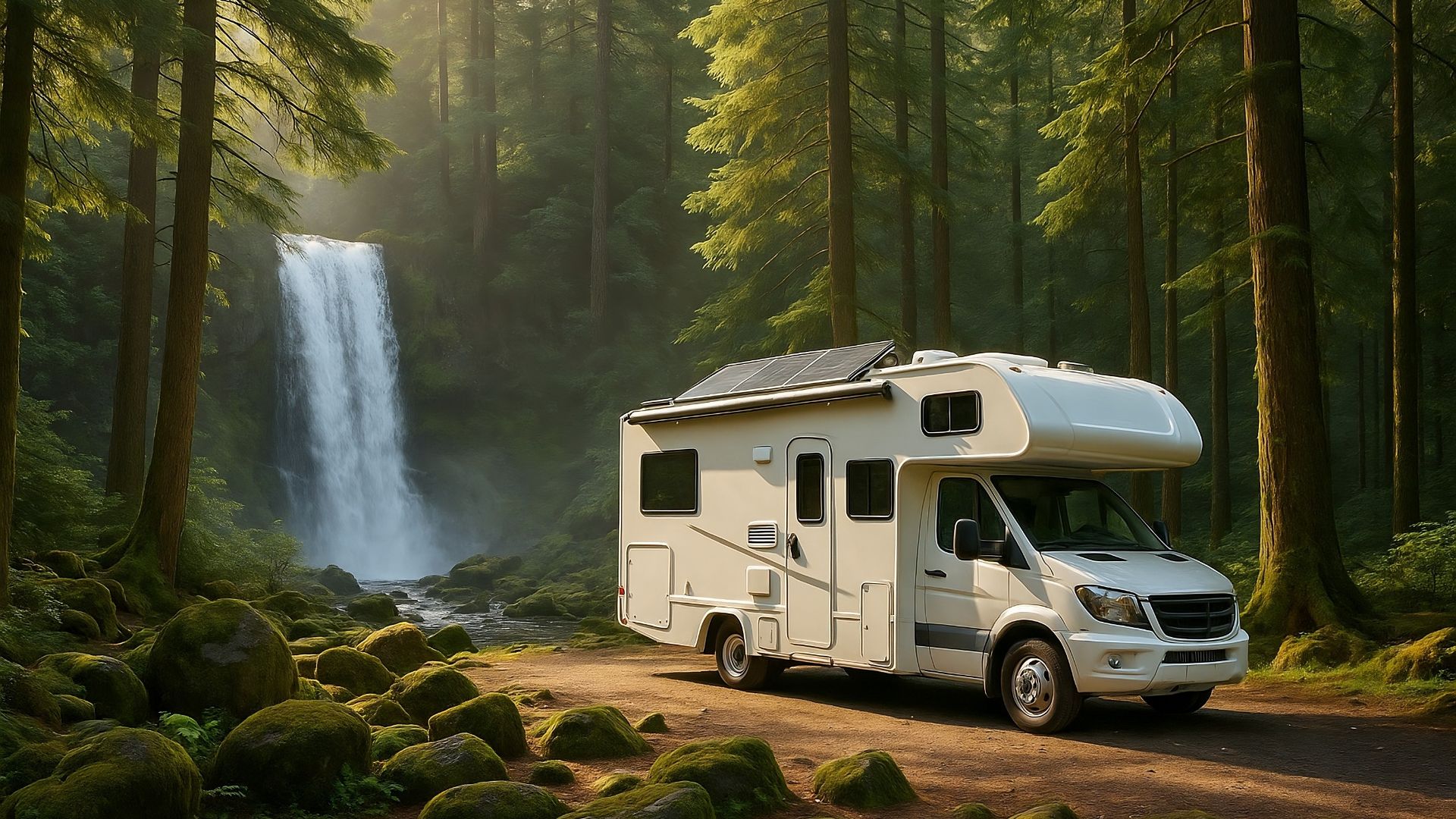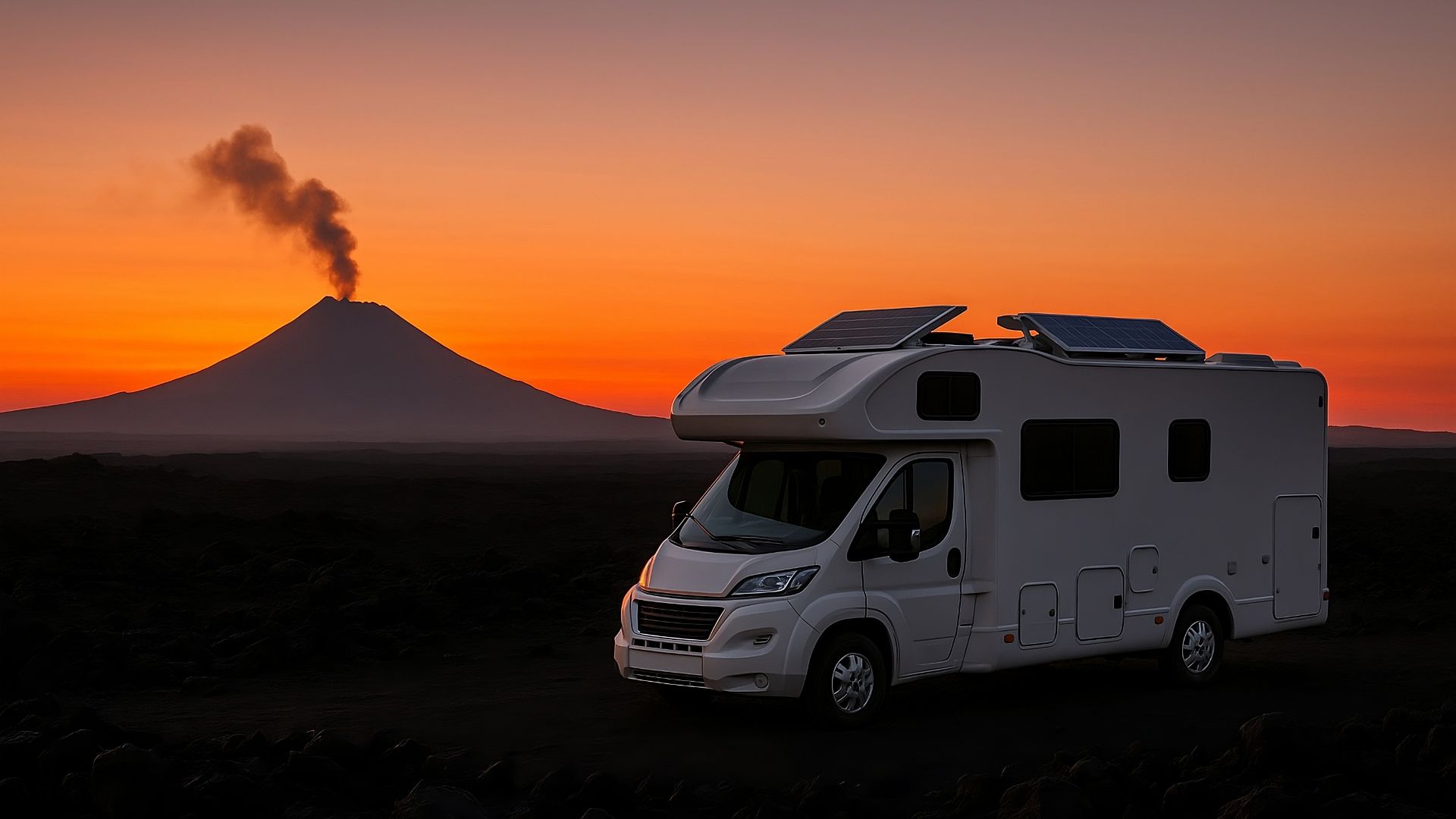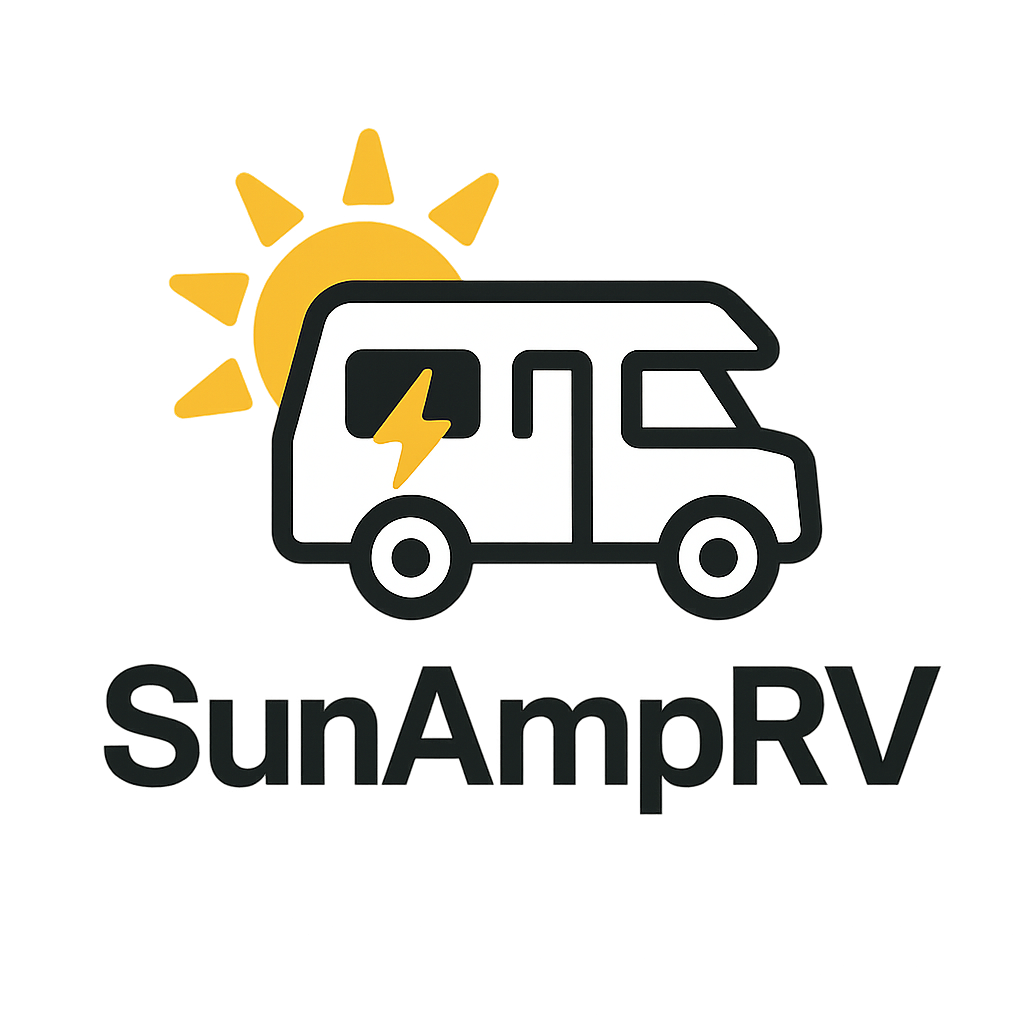
Harnessing solar energy for your RV can be a game-changer, offering freedom from traditional power sources and an environmentally friendly way to explore the great outdoors. This guide will walk you through the essentials of RV solar setups, helping you to make informed choices and install your own system.
Understanding RV Solar Basics
Solar energy for RVs is all about converting sunlight into usable electrical power to run your appliances and charge your batteries. Here’s a basic breakdown:
- Solar Panels: These capture sunlight and convert it into electricity.
- Charge Controller: Manages the power going into your batteries, preventing overcharging.
- Batteries: Store the solar energy for use when the sun isn’t shining.
- Inverter: Converts stored DC power in your batteries into AC power for standard appliances.
Choosing the Right Solar Panels
Selecting the right solar panels is crucial. Consider these factors:

- Efficiency: Look for high-efficiency panels that offer more power in less space. Renogy 200 W Solar Kit
- Portability: If you prefer a mobile solution, Zamp 140 W Folding Portable Kit can be a great option.
- Durability: Ensure your panels can withstand weather conditions.
Selecting the Best Battery
Batteries are the heart of your solar setup. Here’s what to consider:
- Capacity: Measured in amp-hours (Ah), capacity determines how much power you can store.
- Type: Lithium batteries, like the Battle Born 100 Ah 12 V LiFePO4 Battery, offer longer life and more efficient power use than traditional lead-acid batteries.
Installing Your RV Solar System
Here’s a step-by-step guide to installing a basic RV solar system:
- Mount the Solar Panels: Secure the panels on the roof using brackets.
- Connect the Charge Controller: Attach the panels to a charge controller like the Victron SmartSolar MPPT 100/V 30 A Controller to manage the flow of electricity.
- Wire the Batteries: Connect the charge controller to your battery bank.
- Install the Inverter: Link your batteries to an inverter to convert DC to AC power.
- Test the System: Ensure everything works by checking the power flow and battery charge levels.
Portable Solar Solutions
If a permanent installation isn’t for you, consider portable solutions:

- Portable Power Stations: These all-in-one solutions, like the Jackery Explorer 500 (518 Wh) and Bluetti AC2P 230 Wh Portable Station, are easy to use and transport.
- Solar Generators: Options such as the EcoFlow DELTA (1260 Wh, 1800 W) provide versatile power on the go.
Maintenance and Troubleshooting
To keep your system running smoothly, regular maintenance is key:
- Panel Cleaning: Keep panels clean and free from obstructions.
- Battery Check: Regularly check battery health and charge levels.
- System Monitoring: Use apps or displays to monitor energy production and consumption.
Conclusion
Investing in an RV solar system can enhance your travel experiences, offering independence and sustainability. By understanding the components and following the installation steps, you can tailor a solar solution that meets your needs, whether you prefer a fixed setup or a portable system.
